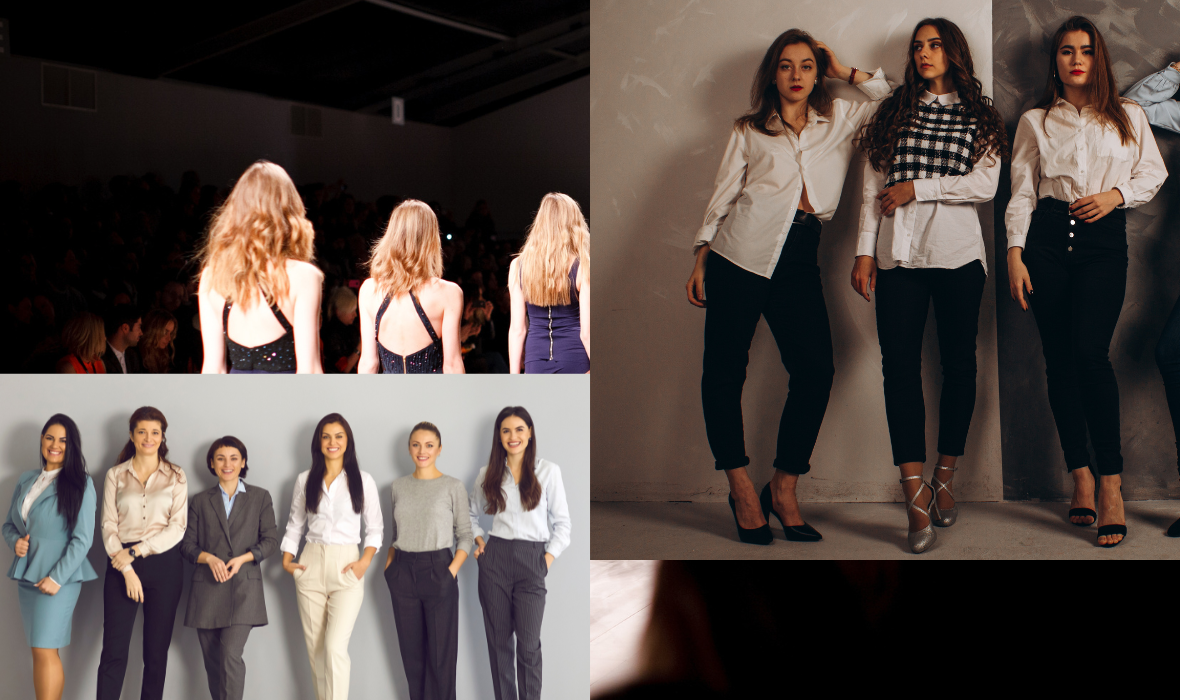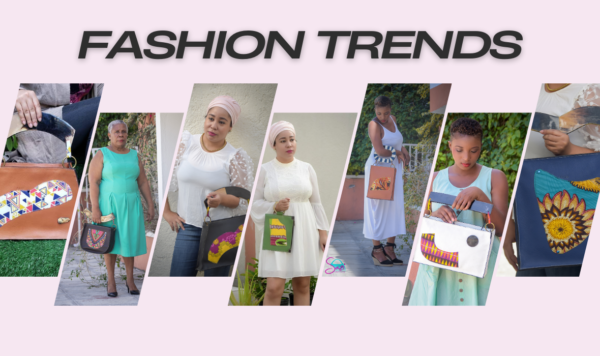Fashion, like an unstoppable force, constantly evolves, transforming over decades to reflect trends, cultural values, and societal aspirations. This dynamic phenomenon not only follows current trends but also influences them, creating an endless cycle of inspiration and reinvention. In this article, we will explore the perpetual evolution of fashion through the ages, highlighting key moments that have shaped the industry and the reasons why fashion remains a captivating mirror of society.
The Roaring Twenties: The Roaring Revolution
The 1920s were marked by a liberation of the spirit and a break from traditional social conventions. This was reflected in the fashion of the time, with shortened dresses, straight cuts, and an explosion of boldness. Women traded their corsets for freer silhouettes, symbolizing a radical shift in the perception of femininity. The rise of jazz and dance also influenced fashion choices, creating the era of the “Roaring Twenties.”
The Sixties: The Contemporary Revolution
The 1960s witnessed a cultural revolution that profoundly influenced fashion. The hippie movement brought casual clothing, bright colors, and psychedelic patterns, reflecting the spirit of freedom and rebellion of the time. Concurrently, the rise of the feminist movement led to the adoption of more androgynous silhouettes and non-conformist clothing, illustrating the quest for gender equality.
The Eighties: Extravagance and Opulence
The 1980s were marked by extravagance, opulence, and the advent of consumerism. Outfits were bold, with imposing shoulder pads, bright colors, and shiny fabrics. Fashion had become a means of asserting social success, reflecting the prosperous economy of the time. Pop and cinema icons also influenced trends, creating a distinctive aesthetic that still characterizes this decade.
The 21st Century: Plurality and Sustainability
In recent decades, fashion has evolved towards a more inclusive and sustainable approach. Diversity in body types, genders, and cultural backgrounds has become a priority, challenging established norms. Additionally, growing awareness of environmental issues has led to a shift towards sustainability, with an increasing demand for ethical practices and recycled materials.
The constant evolution of fashion extends beyond aesthetic changes, reflecting societal movements, technological advances, and contemporary concerns. From the liberation of the 1920s to the extravagance of the 1980s and the sustainability of the 21st century, fashion remains a powerful means of individual and collective expression. By embracing its evolving nature, the fashion industry continues to surprise us, inspiring us to constantly rethink and redefine our own style.


